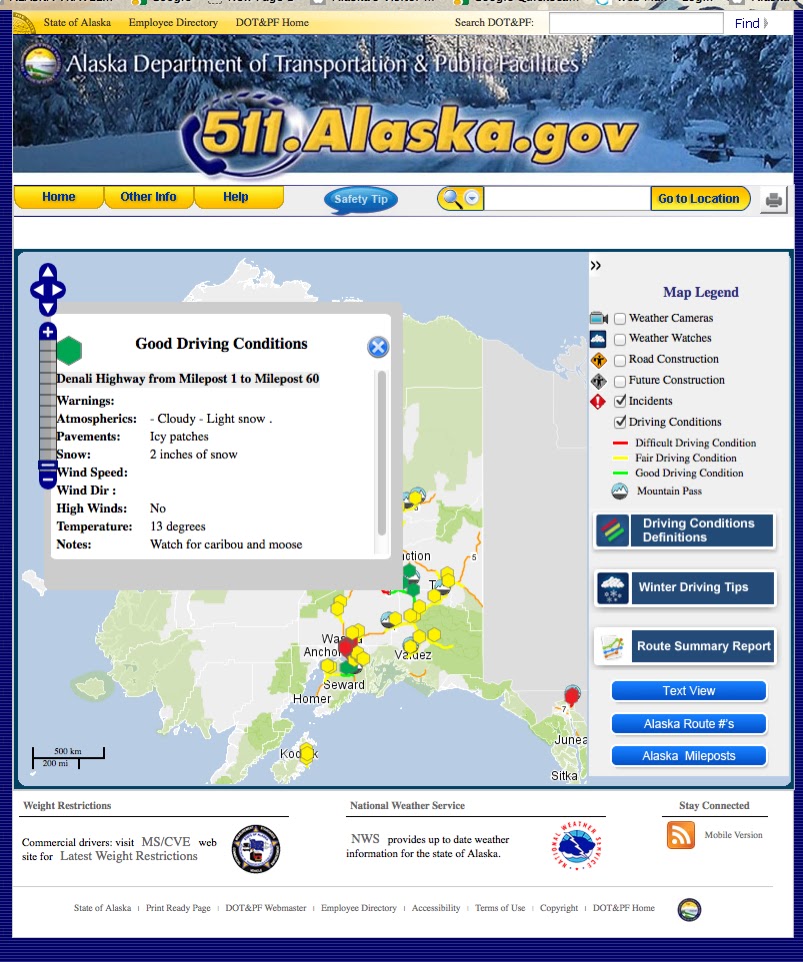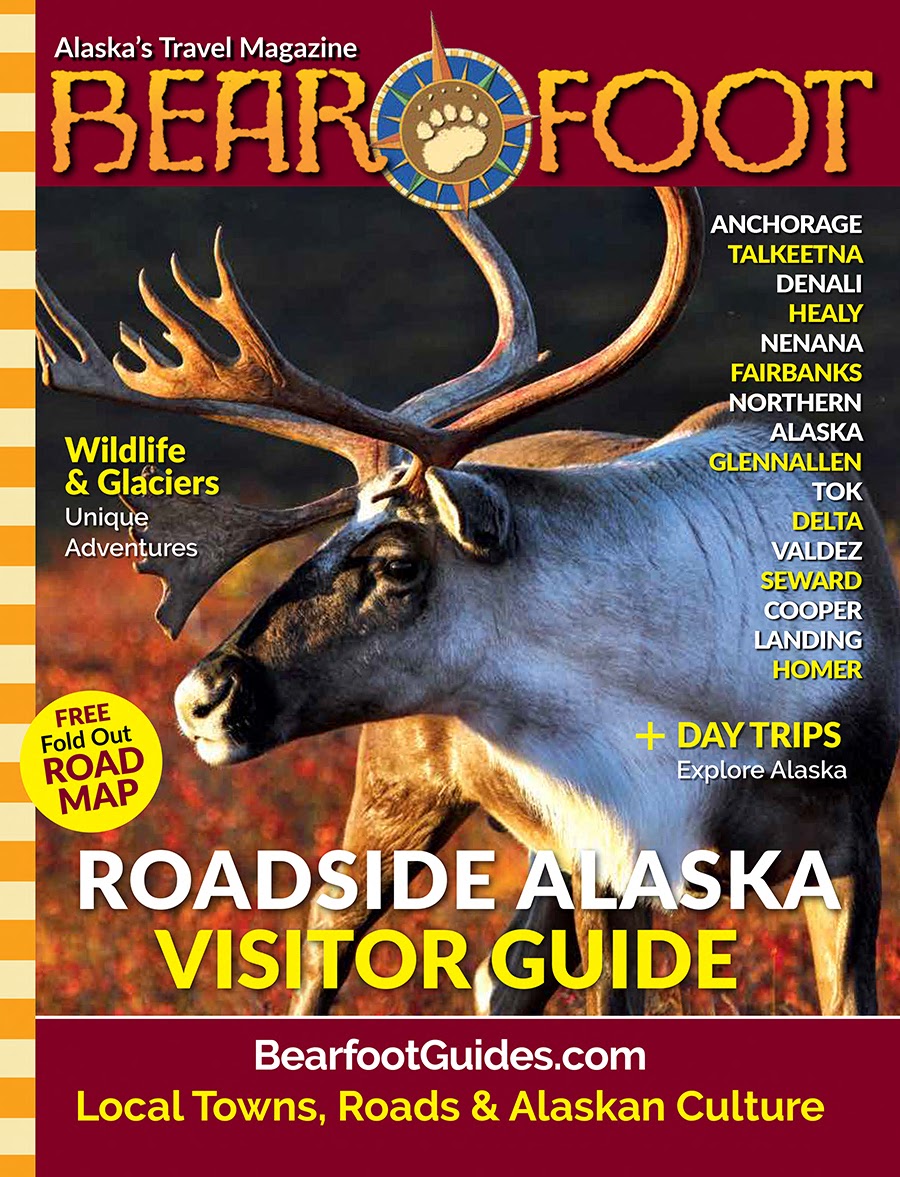In 1918, 46 People From Interior Alaska Died Of Flu In Only A Few Weeks
Just because Chitina was remote , and part of "rural Alaska" in 1918, doesn't mean it was safe from the terrible flu epidemic....
https://www.countryjournal2020.com/2020/03/in-1918-46-people-from-interior-alaska.html
Just because Chitina was remote, and part of "rural Alaska" in 1918, doesn't mean it was safe from the terrible flu epidemic.
Epidemics have a long and dangerous history in Alaska. Even before westerners entered the territory, their germs went before them – spreading diseases that had never been seen before. They don't sound like much today: "flu" and "measles" for example.
But they were deadly. During the early 1900's, diphtheria threatened Nome – leading to the great Nome serum run, in which dog mushers who had been mail carriers saved the children of the coastal city and its surrounding villages.
The 1918 flu epidemic was bad enough to stop the trains between Chitina and Kennicott. You can see newspaper stories from the Chitina Leader about the flu epidemic at the Copper Center Museum.
At the museum, you can read actual telegrams that were sent back and forth from local telegraph offices, trying to handle the quarantine, and to get needed medicines to the right people.
In November, 1918, someone in Juneau wrote to a Kennicott man: "You may be held at Cordova indefinitely. Influenza... use your own judgement. Travel to Kennicott discontinued."
Someone else telegraphed back: "Mail is not fumigated to Cordova..."
Jack Morey in Chitina got a telegram on November 8th from Cordova: "Railway cannot refuse to sell tickets or carry passengers, and it is my understanding that your community cannot prevent passengers from getting off, but you can quarantine them, period. If you decide to establish quarantine, we will isolate train crew."
Someone in Kennicott wrote to a Cordova physician, on December 21st, 1918: "Can you spare us some serum sufficient for 100 people. We will purchase outright or will return same upon arrival Northwestern about 27th."
The great flu epidemic of 1918 was as terrible as the current coronavirus epidemic, touching even the remotest parts of Alaska. No part of the world was spared, including our homes in the Copper River Valley.
 |
| 1918 Flu Epidemic Killed Dozens In A Few Weeks (Photo, Copper Center Museum) |
Epidemics have a long and dangerous history in Alaska. Even before westerners entered the territory, their germs went before them – spreading diseases that had never been seen before. They don't sound like much today: "flu" and "measles" for example.
But they were deadly. During the early 1900's, diphtheria threatened Nome – leading to the great Nome serum run, in which dog mushers who had been mail carriers saved the children of the coastal city and its surrounding villages.
The 1918 flu epidemic was bad enough to stop the trains between Chitina and Kennicott. You can see newspaper stories from the Chitina Leader about the flu epidemic at the Copper Center Museum.
At the museum, you can read actual telegrams that were sent back and forth from local telegraph offices, trying to handle the quarantine, and to get needed medicines to the right people.
In November, 1918, someone in Juneau wrote to a Kennicott man: "You may be held at Cordova indefinitely. Influenza... use your own judgement. Travel to Kennicott discontinued."
Someone else telegraphed back: "Mail is not fumigated to Cordova..."
Jack Morey in Chitina got a telegram on November 8th from Cordova: "Railway cannot refuse to sell tickets or carry passengers, and it is my understanding that your community cannot prevent passengers from getting off, but you can quarantine them, period. If you decide to establish quarantine, we will isolate train crew."
Someone in Kennicott wrote to a Cordova physician, on December 21st, 1918: "Can you spare us some serum sufficient for 100 people. We will purchase outright or will return same upon arrival Northwestern about 27th."
The great flu epidemic of 1918 was as terrible as the current coronavirus epidemic, touching even the remotest parts of Alaska. No part of the world was spared, including our homes in the Copper River Valley.















